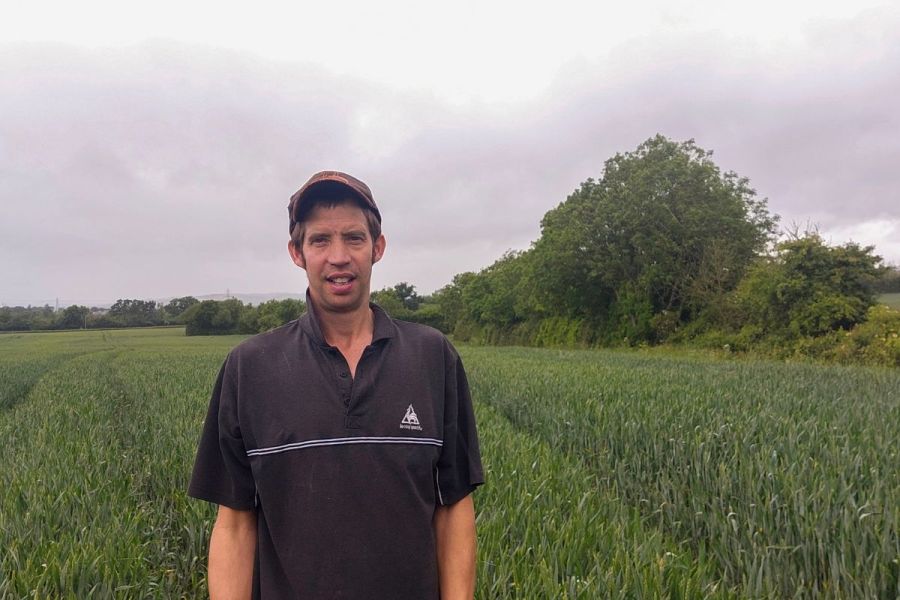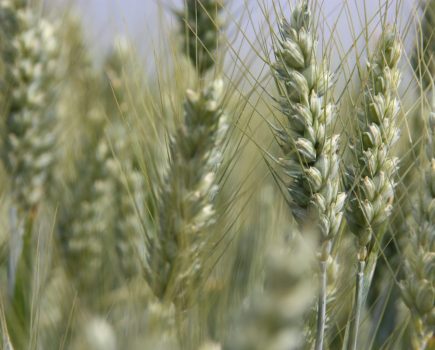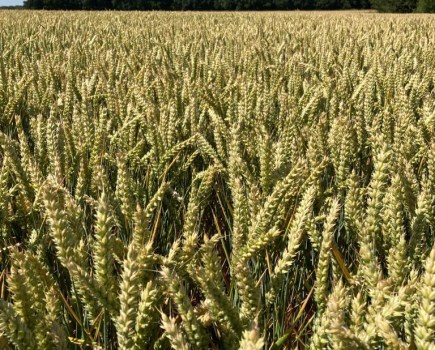Selecting four varieties is helping one grower to spread harvest workload and manage silage requirements
Although 80ha of winter wheat may be perceived by some as modest, rather than put all of his eggs into one or two baskets, mixed farmer Matthew Tidball has opted to split the area across four varieties.
He says as with many growers, he seeks to keep on top of field work. But, his motivations are perhaps a little different to those of a typical arable farmer. While he aims to push for crop yield and understands he can only get out what he’s prepared to put in, with 80ha of grass to mow, it can prove a juggling act.
“I try to get all spraying and fertilising done when it’s required. I have to push these crops if they’re to perform well, but I also have to make sure tasks like the T2 spray are well-timed, not just robust,” comments Matthew.
Then with grass to mow for silage once spraying his crops is finished, he can’t afford to be late taking a cut otherwise sugars could be lost to seed, he points out.
Across two farms roughly six miles apart outside Cullompton, east Devon, the rotation is focussed on winter wheat with maize as the break crop and grass leys for silage. The arable enterprise sits alongside 400 store cattle, a pig finishing unit and, what Matthew describes as, ‘a few sheep too’.
The wheat area comprises four varieties: SY Insitor, Fitzroy (Secobra), Graham (Syngenta) and KWS Palladium. He says all were chosen for being dependable all-rounders, although Fitzroy takes half the area because it offers added flexibility.
“Fitzroy does well as either a first or second wheat, has good autumn vigour which suits us because drilling can easily run into mid-November after maize or when we have a wet autumn as we did in 2024, and is tall but stiff. It has the flexibility to fit our system,” notes Matthew.
“Although the fungicide regime is much the same as other wheats on the farm, its disease resistance especially to septoria means it could tolerate a lower input regime, however, I want my crops to yield. You can quickly lose a lot more than you can save with low input programmes.”
This is the third year he’s grown Fitzroy with it replacing a very popular, high yielding Group 2 variety. “That always looked great in the field, but it disappointed once the combine went in,” he says.
Harvest scheduling is another consideration which influences the farm’s variety choice. Although travelling between the sites takes less than an hour by tractor, the narrow lanes of rural Devon mean the combine harvester wants to be moved as few times as possible, adds Matthew.
“It’s just so much easier if we can finish one block of land before moving the operation to the other farm. Having four varieties helps to stagger harvest and manage our disease risk, such as this year when a new race of yellow rust threatens to rip through crops,” he adds.
Across the two farms soils range from heavy clay to light sands, but the more immediate challenge is field size, the biggest being just 10ha. “Most of our arable area can be thought of as headlands and these are rarely your best performing areas of a field.
“Despite this, our average wheat yield is 8.85t/ha which I believe endorses my philosophy of pushing crops,” concludes Matthew.
This article was taken from the latest issue of CPM. For more articles like this, subscribe here.
Sign up for Crop Production Magazine’s FREE e-newsletter here.




